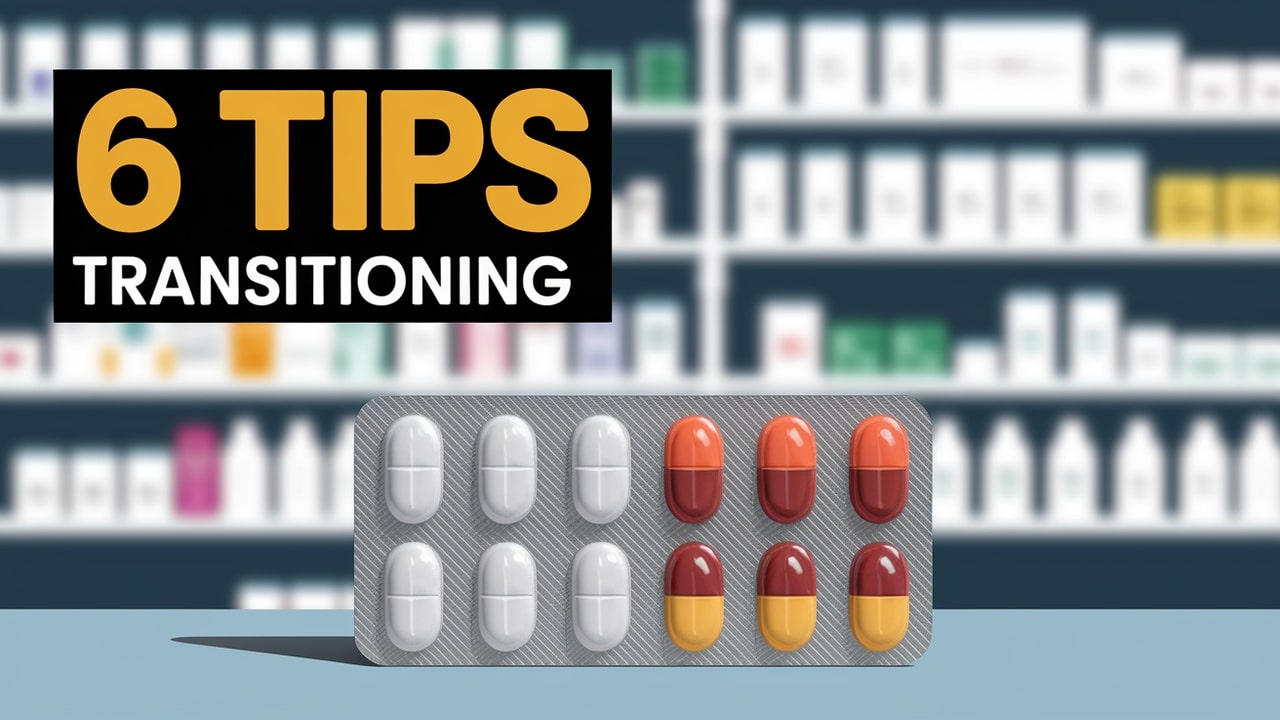
What Meth Does To Your Body: Understanding The Physical And Mental Side-Effects
Methamphetamine or ‘meth’ may be one of the more popular drugs people use these days. That’s because it’s cheap and easily accessible. Not only that, it’s also easy to make for those who might have the know-how (Note: We do not encourage the production of such drugs. We state this in the context of its accessibility and how people can make it and use it for themselves).
This guide will discuss what meth does to your body, including the side effects you’ll deal with from a mental and physical standpoint. If you need help regarding meth or substance abuse, you can visit the Absolute Awakenings website at absoluteawakenings.com.
Let’s discuss meth and how it can affect your body.
Table of Contents
What is the purpose of meth?
Meth is designed to give someone that energy high. For this reason, it’s also known by its street names, such as ‘speed’ or ‘crank.’ This stimulant is highly addictive and can impact your nervous system.
When using meth, you’ll feel a high that will be euphoric. At the same time, it’s a high that can be very dangerous. Because of this, you’ll deal with physical damage to your body.
Not to be outdone, you may also face brain damage over a long period. Thus, it can create short-term and long-term side effects on your physical and mental health.
What are meth’s physical side effects?
As mentioned before, those who use meth regularly may experience side effects that are not only physical but also mental. The following is a list of the physical side effects that usually occur with regular meth use:
- High fever or body temperature
- Rapid aging
- Picking their hair or skin
- Loss of appetite
- Sores
- Twitching that is uncontrollable
- Inability to sleep
- Lack of interest in their appearance
What are the mental side effects?
The mental side effects of meth include but are not limited to the following:
- Psychosis
- Aggressive or violent behavior
- Hallucinations
- Paranoia
While the physical side effects are more significant, the mental side effects should be taken seriously. Regardless, meth can change a person’s behavior and create a physical appearance almost unrecognizable to others.
You will experience more of these side effects if you continue to use meth regularly. However, you may get to a point where you may no longer feel that euphoric high you are typically accustomed to.
Meth’s further impact on the brain
When using meth regularly, your brain’s structure will begin to change. Because of its abilities as a stimulant, it will increase the amount of dopamine produced in your brain (thus explaining the ‘euphoric high’ you get in the beginning). It will get to the point where dopamine production won’t be regulated.
After you lose a large amount of dopamine, you will begin to experience mood swings that can be extreme. Aside from this, you’ll also have a loss in coordination. Meth can also increase the risk of neurological diseases (with Parkinson’s Disease being the most common).
Further, you may also be experiencing negative effects in your brain that may be linked to your movements, reasoning, and learning. Over time, your brain cells may also die. Even if you have stopped using meth, you may also experience episodes of psychosis, even if it’s been weeks or months since you last used it.
Further physical impact on the body
With regular and long-term meth use, you’ll also be facing physical consequences. This includes an increased risk of heart disease. While it is the leading cause of death overall, it is the second leading cause for those who have used meth for the long term.
Meth can narrow your blood vessels while increasing your blood pressure and heart rate. This can be a dangerous combination and lead to heart attack or stroke. Your immune system will also be depressed, thus increasing the risk of infections and illnesses.
If you inject meth, you may contract diseases quickly, especially if you share used needles with other people. Hepatitis or HIV are two more common infectious diseases for which you may be at risk.
One of the more common physical consequences of meth use is tooth loss and gum disease. This is commonly known as ‘meth mouth.’ You may also deal with issues while eating and jaw pain.
You may also experience skin irritation. You may deal with itchy skin. Constant scratching can lead to the development of sores.
It should be noted that side effects are not the only things to worry about. The consequences of meth use can last quite some time, even permanently. Even if you get the help you need and beat your addiction, your body may never recover from some aftereffects.
That is why the sooner you can get help, the better. Meth can also have fatal consequences, even if it’s long-term health problems that are associated with it. Even using meth once can do damage to your body.
As the campaign advertisements have stated, ‘not even once. That wasn’t a tagline. It warned those who have even considered using meth for fun.
Final Thoughts
Meth is a potent drug that should not be used once. You must get the help you need if you use it regularly as soon as possible. This highly addictive drug has proven that it has physical and mental consequences.
You can be aware of the short-term and long-term effects that meth can have on your body. However, keep in mind that they may be irreversible. If this isn’t a wake-up call for you to quit your meth addiction, what will it take until you know for sure?






